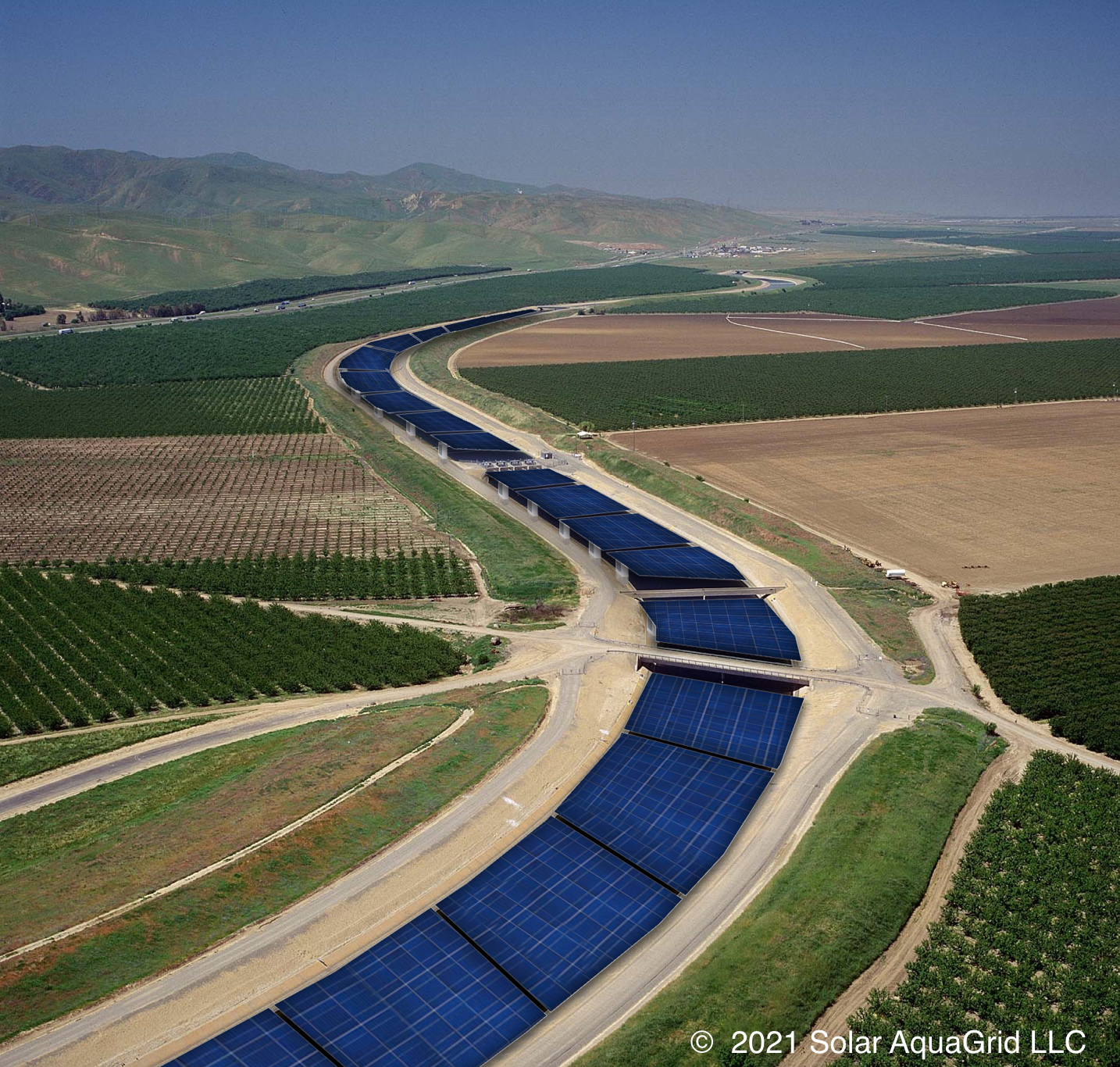Utility scale solar siting guidance
March 14th, 2023
Big solar projects, utility scale projects taking up 2,500-3,500 acres of prime farmland, are an issue here in the midwest. There are legitimate problems, primarily runoff and erosion necessitating drainage mitigation and large ponds; and the problem of fencing around the project funneling wildlife onto the roads and highways.
Anyway, there’s been some attention paid to these issues, in one case by none other than my “friends” at Great Plains Institute, who were part of a federal study on stormwater management:
That’s good, an admission that there are problems with water draining off all these acres of impervious surface.
And this just came through today from the Environmental Quality Board:
The guidance has a link to a way to find “high value” resources:
Most high value resources described in this guidance document can be identified using Minnesota
Conservation Explorer (MCE).
Passive solar heating panels
December 11th, 2022
For years, I’ve wanted to put together a test project here in Red Wing, a solar heating panel on the south facing wall of many of the homes in town. Given the major impact of a heating panel on ONE house, imagine the heat, cost savings, and energy consumption decrease in a fleet of them! Oh well… I’ve not done the work, but if I have some time, dream on, but parking some pages here and starting a file.
There are so many good sites with info. The most important take away is that it’s very CHEAP to build these, and doesn’t take much skill.
And some related inks:
Low Profile, Aluminum Downspout, Solar Hot Air Construction Project
Downspout Test Collector Construction
OK, parked…
PPSA Annual Hearing in EQB Monitor
November 3rd, 2022
Wisconsin SB 1086 – Solar on sand mines
April 11th, 2022
Wisconsin folks, call your legislators! Support this bill!
https://legis.wisconsin.gov/
Why? Wisconsin has a “brownfield” bill, but Public Service Commissioners IGNORE the requirement that energy infrastructure be built on brownfields:
(d) Except as provided under par. (e), the commission shall approve an application filed under par. (a) 1. for a certificate of public convenience and necessity only if the commission determines all of the following:
8. For a large electric generating facility, brownfields, as defined in s. 238.13 (1) (a), are used to the extent practicable.
Despite this clear requirement, they acknowledge it, laugh about it, and dismiss it without consideration, and instead site on prime and protected agricultural land.
So YES! This, something I’ve been advocating for, for YEARS!
Solar over canals and aquaducts
August 30th, 2021

Why did it take so long for this to arrive here in the U.S., it took many years, and a release of a study pointing out the siting and efficiency advantages. Parking this here for future reference!
Why India’s Canals Could Help Fast-Forward Its Solar-Energy Plans
Renewable future: Gujarat govt to set up 100 MW solar power project atop Narmada canal
The ‘solar canals’ making smart use of India’s space
Overall, Gujarat has more than 80,000km of canals meandering through the state. According to Gujarat State Electricity Corporation, if 30% of this were converted to solar, 18,000MW of power could be produced, saving 90,000 acres of land.
This is not a new idea, a demonstration canal project was built in India in 2012:
Gujarat’s solar panels over canals project is a great idea for sustainable energy production
And almost a decade later, in California:
Study looks at covering California’s canals with solar panels
And the study:
Energy and water co-benefits from covering canals with solar panels
And in Popular Science:





